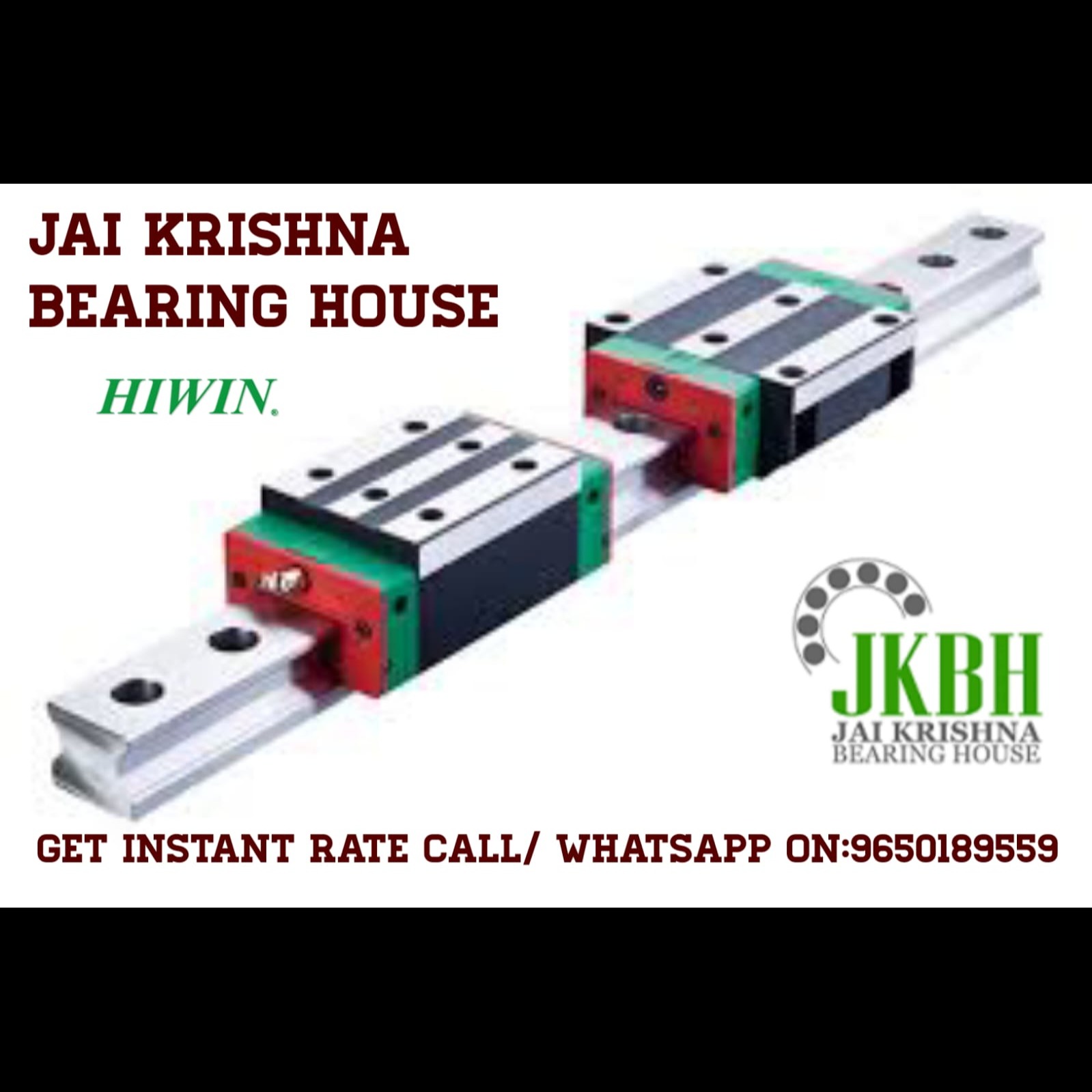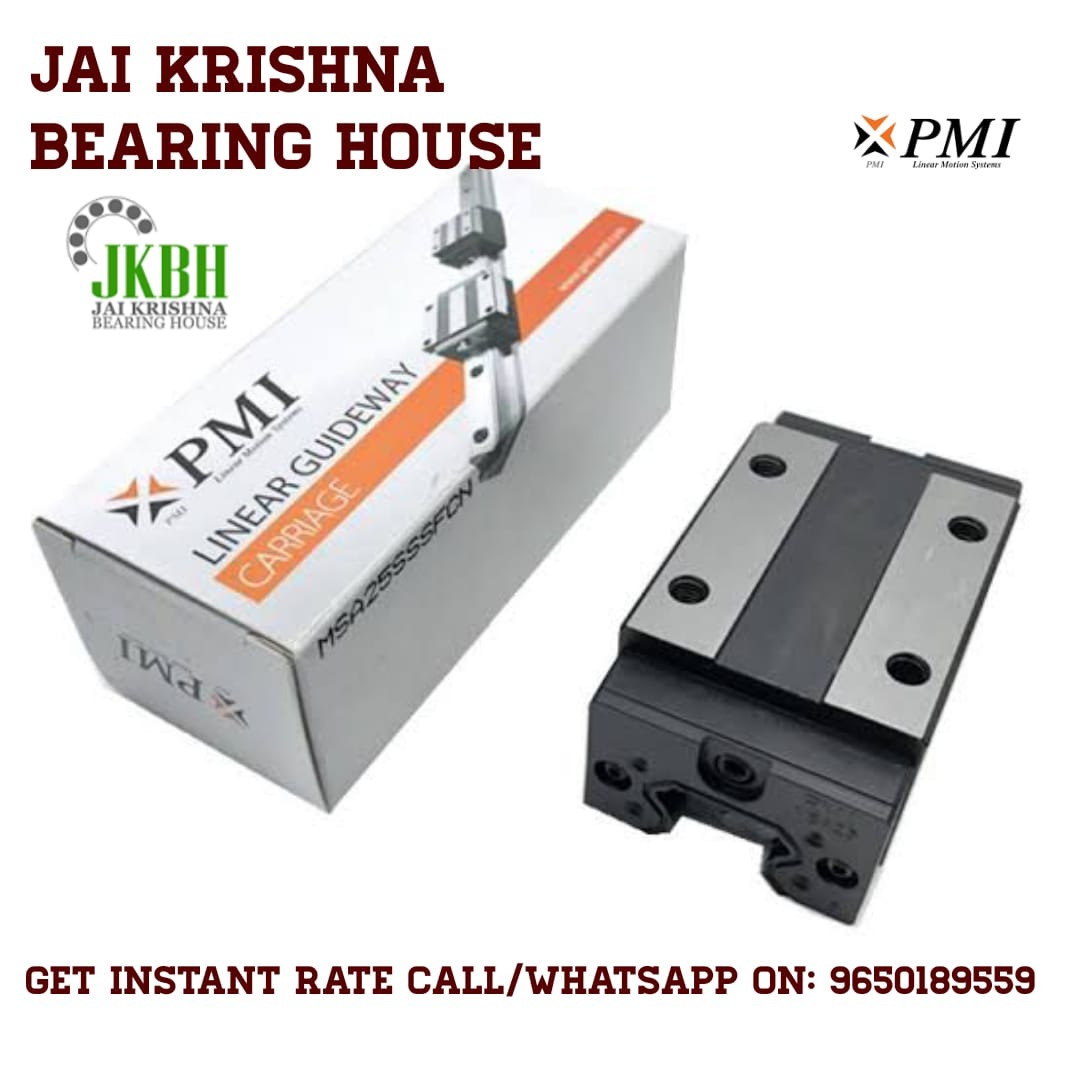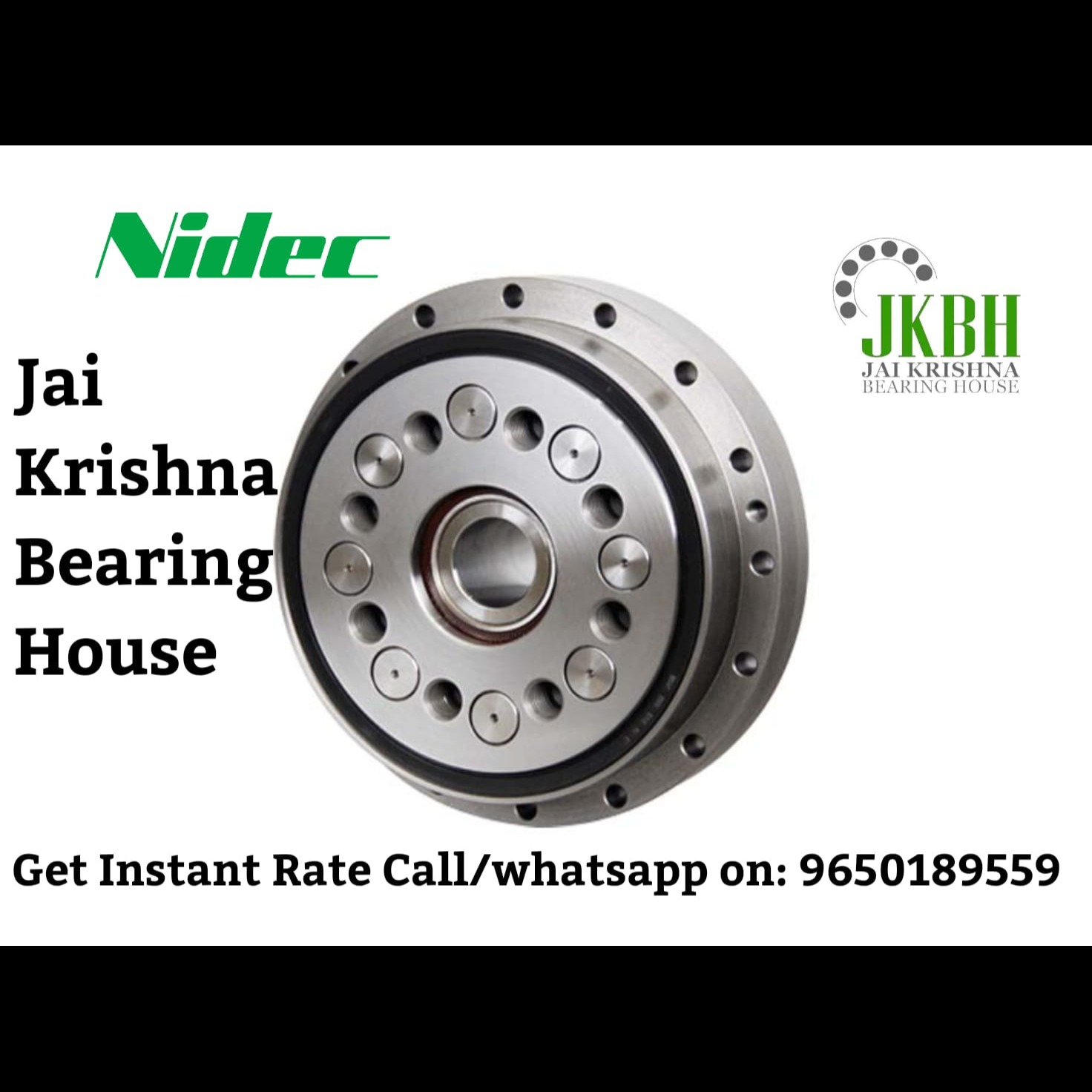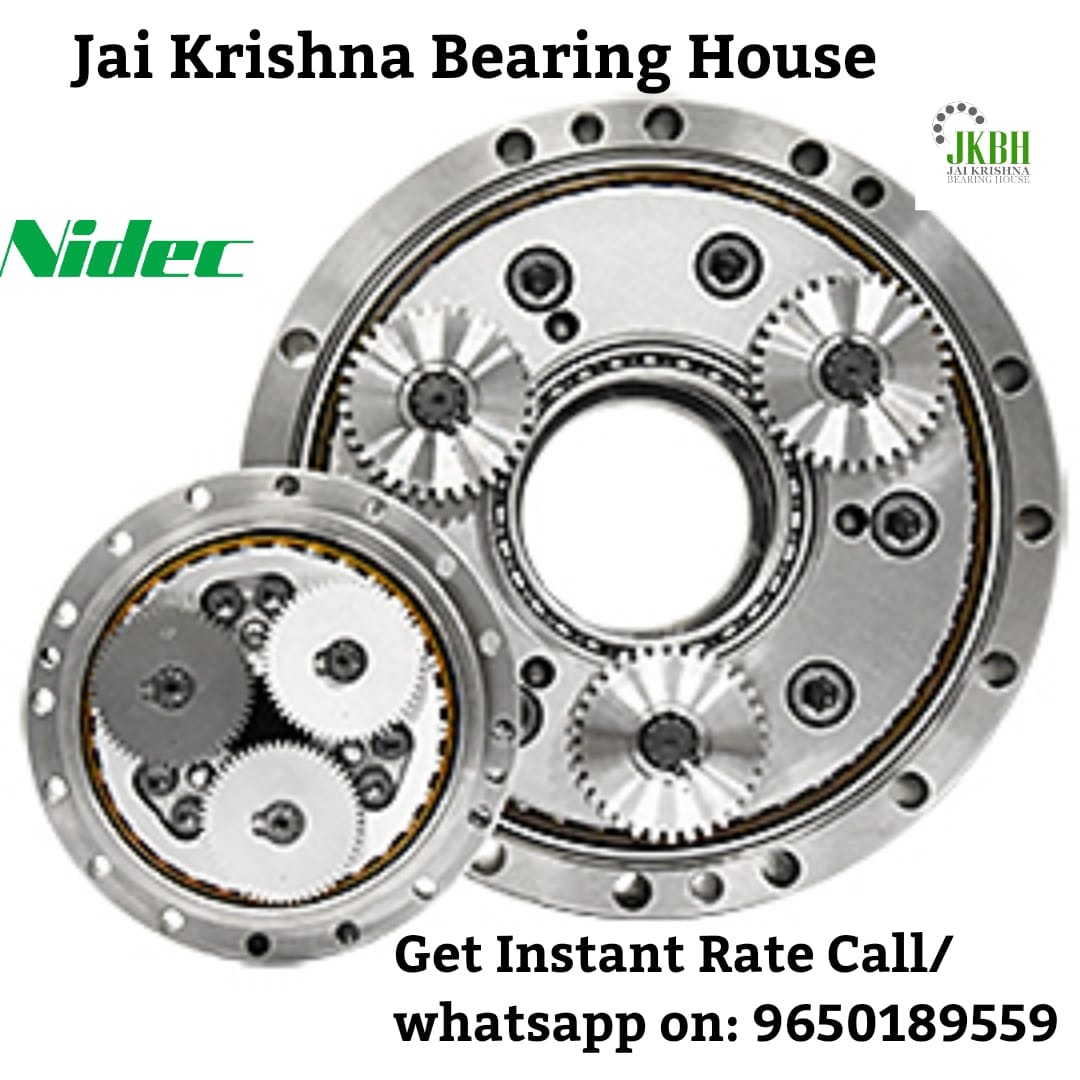
A Delta AC Servo System is a high-performance motion control solution developed by Delta Electronics, widely used in industrial automation. It consists of servo motors and servo drives designed to provide precise position, speed, and torque control. These systems are crucial in robotics, CNC machinery, packaging, textile, and automated assembly lines.
🔧 Components of a Delta AC Servo System
1. Servo Drive (Amplifier)
Converts control signals (from a PLC or controller) into electrical energy to drive the servo motor.
Controls the current, voltage, and frequency based on feedback from the motor.
Delta’s popular servo drive series includes:
ASDA-A2 – High precision and speed.
ASDA-B2 – Cost-effective with good performance.
ASDA-M – Integrated motion control (built-in PLC functions).
ASDA-A3 – Advanced performance with 3.1 kHz bandwidth and EtherCAT support.
2. Servo Motor
A brushless AC motor with encoder feedback for precise control.
Types:
ECMA series – High-torque, low-inertia motors.
ECM-A/C/B series – Different power ratings and frame sizes.
Comes with incremental or absolute encoders.
3. Feedback Device
Encoders (typically optical rotary encoders) are mounted on the motor shaft.
Send real-time position and speed data to the drive for closed-loop control.
⚙️ Key Features of Delta AC Servo Systems
Feature Description
🕹️ Position/Speed/Torque Control Supports all three modes depending on the application.
🔄 Closed-Loop Control Constant feedback ensures accuracy and compensation for load changes.
🚀 High Responsiveness Fast dynamic response (especially in A3 series, up to 3.1 kHz bandwidth).
🧠 Auto-Tuning Automatically adjusts PID gains for optimal performance.
🔗 Fieldbus Communication Supports MODBUS, CANopen, EtherCAT, and EtherNet/IP for integration with controllers and PLCs.
⚡ Energy Efficient High-performance control with low power consumption.
🛠️ Operating Modes
Position Control Mode
Used for precision positioning tasks (e.g., CNC, pick-and-place).
Controlled via pulse/direction input or fieldbus.
Speed Control Mode
Maintains a specific speed, ideal for conveyor systems or fans.
Torque Control Mode
Maintains constant torque; used in winding/unwinding or pressing.
📊 Delta Servo Drive Series Comparison
Feature ASDA-A2 ASDA-B2 ASDA-A3
Bandwidth 1 kHz ~500 Hz 3.1 kHz
Feedback 20-bit encoder 17-bit encoder 24-bit encoder
Fieldbus CANopen / MODBUS MODBUS EtherCAT / EtherNet/IP
Inertia Range Low to medium Medium Low to high
Advanced Tuning Good Basic Excellent
🔌 Applications
CNC Machines
Industrial Robots
Pick and Place Systems
Printing and Packaging Machines
Textile and Weaving Machines
Conveyors and Automated Lines
📡 Communication & Integration
Delta servo systems are designed to be integrated with:
Delta PLCs (DVP or AH series)
HMI panels
Third-party controllers via standard communication protocols
They support:
Position command via pulse/direction
Analog command (for speed/torque)
Digital inputs/outputs
Advanced fieldbus systems (CANopen, EtherCAT)
Keywords
encoder feedback
conveyor systems
a3 series
modes depending
frame sizes
power ratings
31 khz bandwidth
frequency based
current voltage
electrical energy
torque control
industrial automation
pulsedirection input
speed data
servo motors
servo drives designed
place systems printing
pulsedirection analog command
specific speed ideal
speed asdab2 costeffective
servo motor controls
support position command
standard communication protocols
delta plcs dvp
weaving machines conveyors
packaging machines textile
medium medium low
cnc pickandplace controlled
precision positioning tasks
brushless ac motor
delta electronics widely



